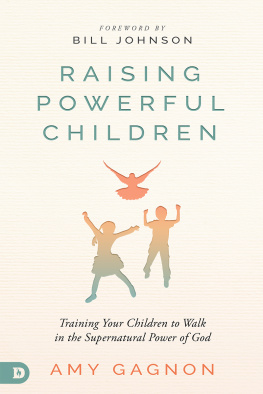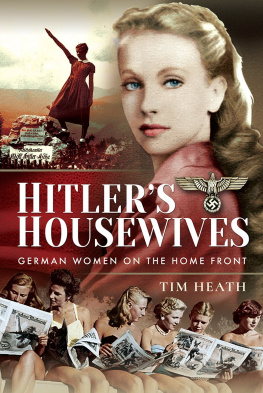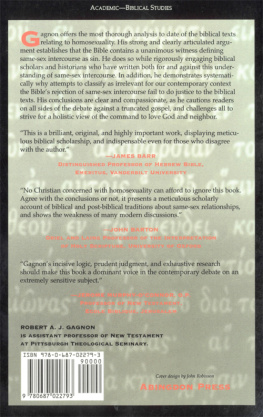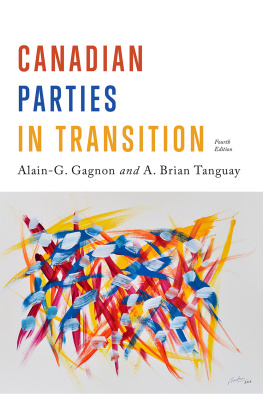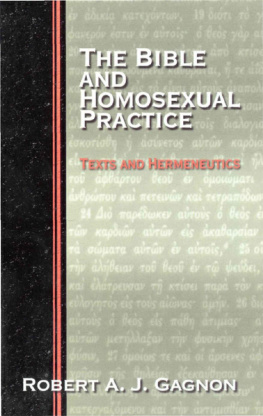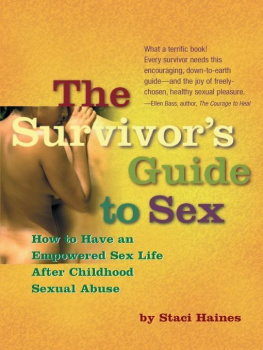I would like to thank all of the following individuals and organizations.
The Canada Council for the Arts provided financial assistance in the form of a grant under the Millennium Arts Fund.
The following organizations contributed in various ways to this book: the Canadian International Development Agency; OXFAM-Qubec; Mdecins du Monde; Amnesty International; the Centre Qubcois du PEN; KFOR, the NATO intervention force in Kosovo and Macedonia, especially the soldiers of the Canadian, Hungarian and French armies.
The following persons gave me support in one way or another: Marie-Francoise Allain, Jeanne Angelovska, Eliad Awwad, Samia Bamieh, Hoda Barakat, Souha Bchara, Nalah Chahal, Swaleha Niaz, Mujefira Donlagc, Henriette Duvinage, Claude Gorayeb, Liliane Ghazaly, Rita Giacomin, Salima Hashmi (Faiz), Naghma Imdad, Asma Jahangir, Jose Lambert, Rahmeh Mansour, Olga Murdzeva-Skarik, Veronique Nahum-Bunch, Mirheta Omerovic, Martin Pquette, Elmedina Podrug, Dalal Salameh, Seida Saric and her co-workers Aida and Divna, Marlne Selfani, Mohammad Tahseen, Sister Theodora and all the people interviewed in Sri Lanka who, for reasons of safety, chose to remain anonymous.
Monique Durand, my journalist colleague, was a marvellous strategist for our journey, during which she worked on a series of ten radio documentaries on women and war for Radio-Canada. These programs were broadcast in the summer and fall of 2000.
Preface
Few writers have been able to express the full horror of war. Few have been able to find a language that could convey all its dimensions. For it goes beyond words, official discourse, and novels and films, as beautiful as the latter may sometimes be.
This is probably why Madeleine Gagnon has chosen to express herself in the black ink of poets, to use the lovely expression of the Quebec poet Paul Blanger. Only poetry can take readers beyond appearances to penetrate the diverse but universal experience of women in wartime. Reading her words, we feel in our flesh the permanent anguish of the victimswhether in Bosnia or Kosovo, Israel or Palestine, Pakistan or Sri Lankathe misery, the suffering, but also, in the depths of horror, rays of hope, hope of escaping the vicious spiral, the hope of the women who for a time fight side-by-side with their men in wars of independence, the hope of all these women that they will finally be recognized not only as mothers and servants but as autonomous, responsible human beings. And yet, what a pity it is to see what becomes of this hope!
Typical of these women is Dalal Salameh, a young Palestinian woman who is a member of the Legislative Council and who is absolutely convinced that the eighty-three men on the Council will include in the future constitution the demands of the women who share their battle.
A hope repeatedly thwarted, but the illusion is reborn, and many women survive only because they are absolutely convinced of a future of reconciliation and justice.
We are utopians, writes Madeleine Gagnon, Or else we wouldnt be here, we would not have undertaken this voyage. A voyage to a no mans landin the most literal sensewhere the desire to escape the absurd violence that spares nothing is taking form, in a moan or in a shout. Because war, in this century of ashes, has changed. It no longer takes place man-to-man on a front defined by generals. There are no more fronts. Or rather, the front is everywhere.
And everywhere is where Madeleine Gagnon wanted to go. Not just to write another book, but so that we would understand that the oppression of one sex by the other is at the root of all violence, all war. So that, as an Iranian woman said, the veils would fall not only from our faces, but also from our souls and hearts.
Pacifism and feminism have often been linked. But we must be suspicious of stereotypes. I was twenty years old during the war and, like many men and women who experienced the fall of France and the German occupation between 1939 and 1945, I cannot forget that Frances honour rested entirely on the few men and women who chose to continue the fight alongside General de Gaulle or who joined the underground resistance against the Nazis.
I tend to think that pacifism does not come naturally to women, that they are not intrinsically peaceful, but rather that this image is a myth constructed around motherhood, a myth that has become second nature to women. Womens pacifism is simply one aspect of their exclusion from the public sphere. It is important to realize this. Because they have for millennia been barred from the three major forms of powerreligious, political and military powerwomen have been forced to retreat to the values associated with the home. In the background, subservient to the godsalways maleof the great monotheistic religions, excluded from decision-making, deprived of education and freedom of expression, women were condemned to be among the mute victims of all wars. History was made without them.
From the dawn of Western civilization in the Greek city-states, women have been relegated to a single role in war: that of begging the gods for victory by the men, and then celebrating the mens victory or mourning their death. As for the Amazons that are often mentioned by feminists, they are not real, but rather creatures of myth, symbols of mens fear of women getting hold of their weapons.
The Middle Ages of feudalism and chivalry also excluded women from the use of weapons and the exercise of power. As shown in the monumental collection of essays, A History of Women in the West, edited by Georges Duby and Michelle Perrot, this was a markedly masculine period. Even courtesy was only a strategy of power, in which women were nothing but trophies.
Nor did the French Revolution do anything to change womens status as eternal minors. The aptly named Declaration of the Rights of Man excluded women from the army and the legislature. The only equality women obtained in 1789 was the right to be guillotined just like the men.
Finally, closer to our time, totalitarian regimes, fascist or Nazi, reduced women to their role as wives and mothers. The Vichy government of Marshal Ptain harshly condemned women who strayed from the ideal of the eternal feminine and their vocation of peacewhich in the circumstances was somewhat suspect. And womens contribution to the resistance against the German occupiers was for a long time minimized by a male-dominated hierarchy.


